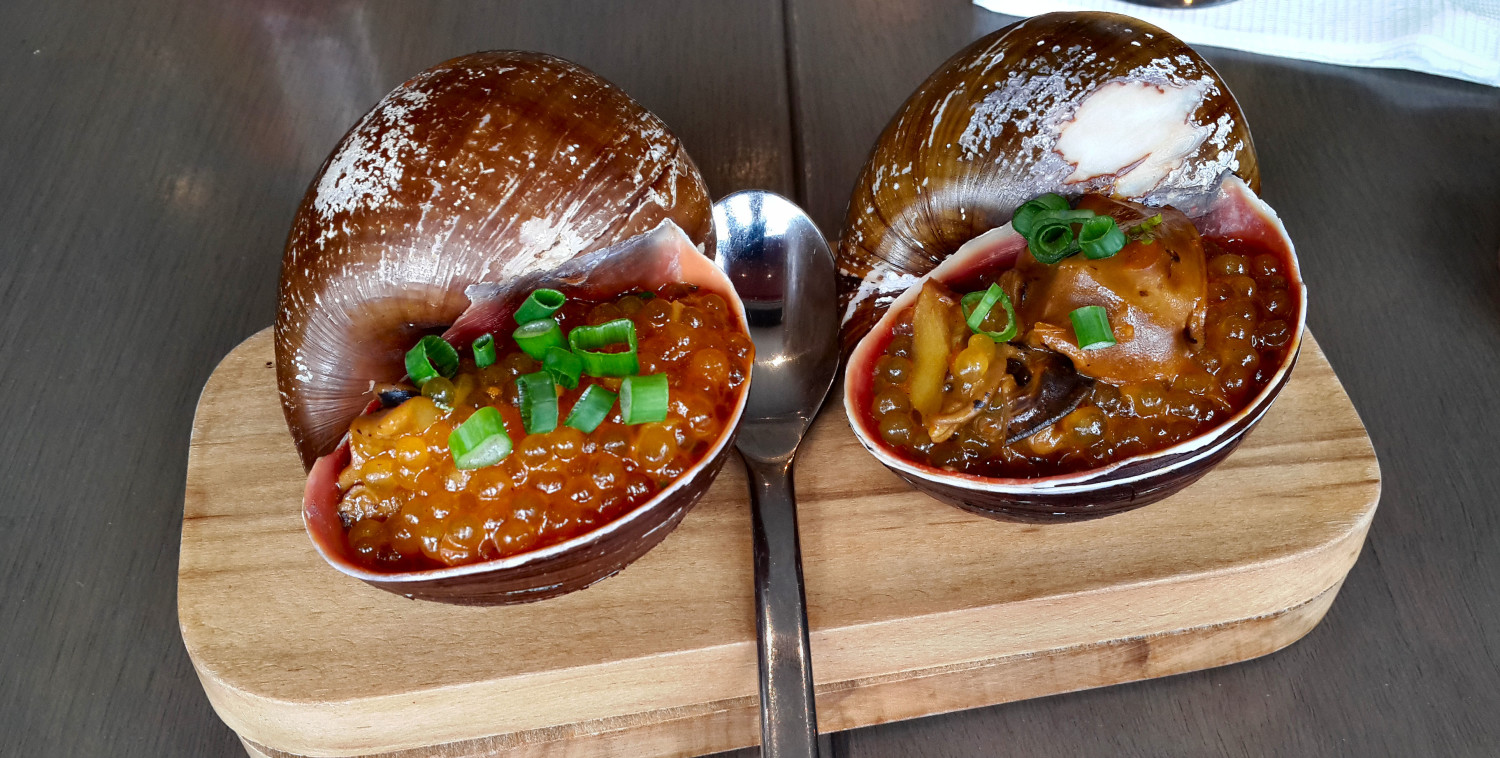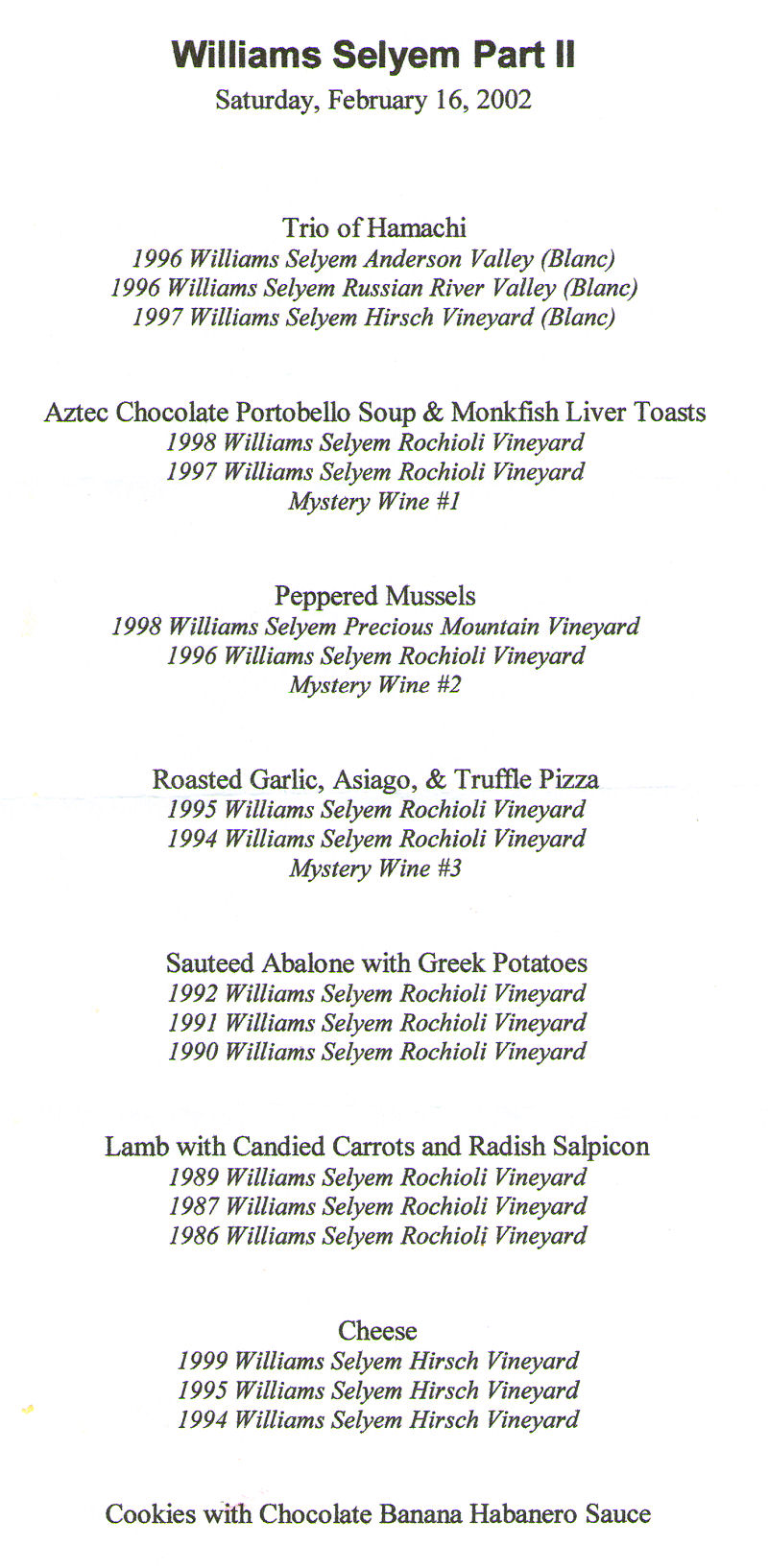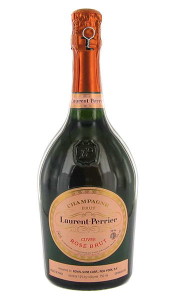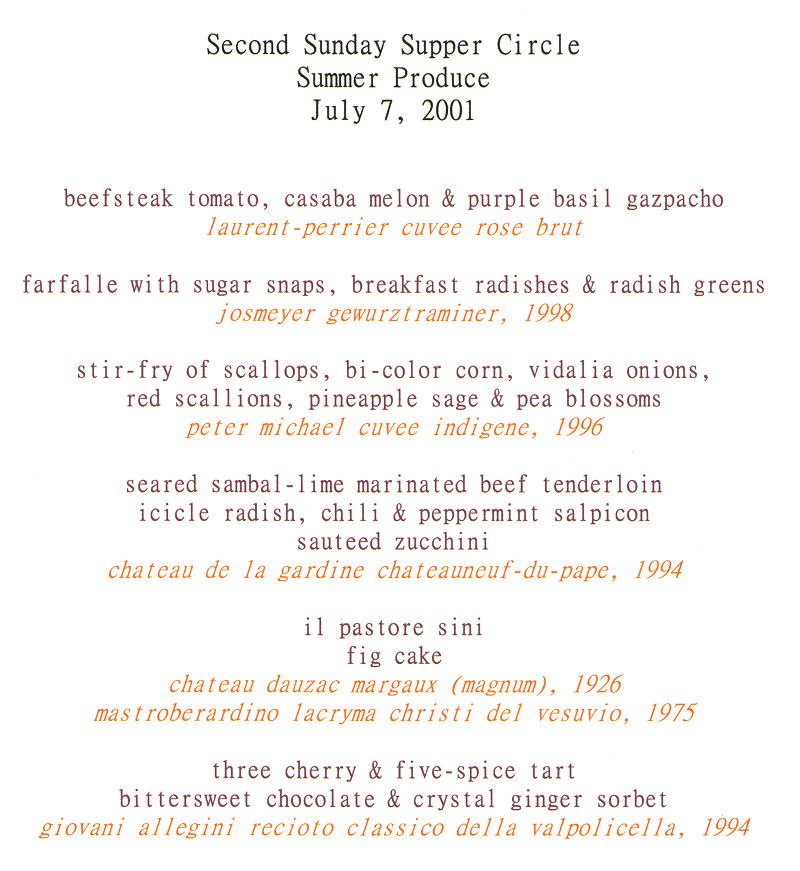Building a Relationship with the Kitchen
The Magazine for Restaurant Professionals
March/April 2002
Page 28
Building a Relationship with the Kitchen
The “front-of-house” and “back-of-house” staff are in the restaurant business for different reasons. In general, cooks put in longer hours for less pay than waitstaff and managers. Their rewards are enjoying the pleasures of the creative process and knowing that they put out a quality product. Waiters and managers get paid for delivering it to and interacting with the public.
While most chefs I have worked with have an interest in wine, they have neither the time nor inclination to invest in wine education for themselves or their staff. They argue that there is more than enough to learn within their own sphere of ingredients, techniques, and frequently changing menus.
AN OPEN INVITATION
So how does a beverage director gain the needed support of the kitchen in putting together a winning program? In a word, inclusion. “I just wanted to be asked” is a phrase I have heard over and over again in my restaurant career. When I was a chef, I used to say it, too!
To begin the interaction, start with the basics. Every day quality restaurants have a lineup with the front-of-house staff. For me, part of that time is spent discussing a topic related to the beverage program – a review of the house spirits, or a comparison tasting or a sampling of new wines. The kitchen staff are always welcome to attend. Do they? Rarely. But they know they can; they’ve been asked.
We have a monthly wine class that is mandatory for front-of-house employees. On occasion we stay late at night to taste sample bottles. I try to arrange those events at a time when the back-of-house staff can attend as well. Some of them do. All of them can. They’ve been asked.
When I open wine, or when my staff opens wine, I expect us all to taste it. My view is that the customer should never get a taste of a bad wine; it is our job, not theirs, to weed out inferior products. And if I come across something interesting, or if the customer offers to share a little with me, I always take the glass back to the kitchen and share it with whomever is expediting – the chef, a sous chef, or sometimes a line cook. They love it. Who doesn’t love to be included?
POSITIVE INTERACTION
How does this time and effort with the kitchen evolve into something worthwhile for me? For the restaurant? For our customers? A restaurant’s success comes down to taking care of its customers. Sometimes the people who don’t get to spend the shift with those customers forget that central mission. Rather than haranguing them, try enrolling them. Use enticement, use creativity. Open your mouth and ask for their active participation.
Here’s an example: Our chef puts together a daily tasting menu. I match wines with each course. At least once a week, I ask her if there’s a wine she’d like to see with one of her courses. I used to get no response. Now I get requests! As I wrote this, she just came to me and asked if I’d be willing to put together a wine tasting menu for Valentine’s Day.
Two years ago at a management meeting, I suggested that we put together a series of wine dinners. The kitchen responded that it was “too much work”. Having been a chef, I knew that wasn’t true; rather, the kitchen just wasn’t interested. At a management meeting a few weeks ago, our group owner asked why we hadn’t had any wine dinners. Hesitantly I turned to our chef. She asked if I’d like her to collaborate on planning menus with me and how I would like to approach them!
At lineup, I ask the floor staff to talk about their dining experiences at other restaurants. In addition to service and food, they talk about favorite wines. Sometimes one of them finds a wine that they’re excited about and wish we hadon our list. I’ll get a sample and we’ll try it. While the cooks may not come to our meetings, they now poke their heads into the office to suggest wines that they’ve tried at other restaurants too.
Let’s face it, if you spend a large amount of your time battling over territory, resources and procedures with your chef, you’re both wasting time. If you can forge a great working relationship where you can both contribute to each other’s creativity, think of what you might accomplish. And all it takes to start is to ask.
Santé is a glossy format trade magazine for restaurant wine buyers and educators. I wrote as a freelancer for them on and off from the first issue in November 1996 until November 2002 when they decided to stop using freelance writers.







